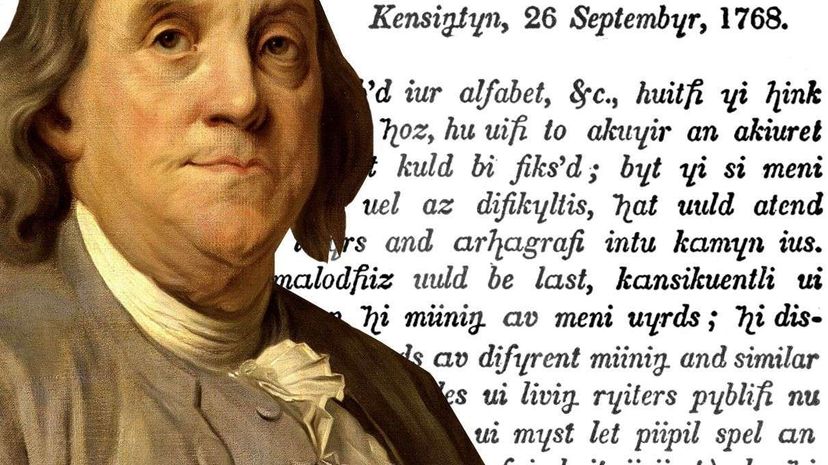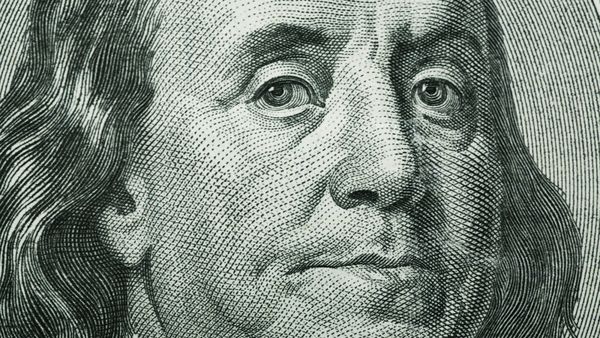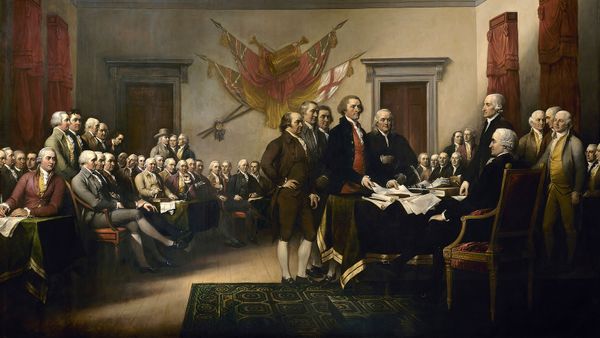
Just about everything you could imagine a man like Benjamin Franklin to be, Benjamin Franklin was. He was the classic polymath, a genius in just about any discipline he set his mind to. From elder statesman who presided over the founding of the United States to inventor, scientist, postmaster and diplomat, Franklin left no professional stone unturned.
As an inventor, Franklin created many much-needed items that we still use today. Bifocals are a popular invention of his, as is the lightning rod. He also invented things you wouldn't normally associate with him, including swimming flippers (for the hands), flexible catheters and an odometer. The hallmark of any great inventor is to take something that we all need or already use and improve it in a way that makes it invaluable. The bifocals exemplify that sort of thinking. Franklin himself needed two different pairs of glasses to see, and the bifocals made his life easier.
Advertisement
Franklin's boundless enthusiasm for improving things even carried over to the English language. The inventor thought that people were easily confused by the differing rules of spelling, and he took it upon himself to solve the problem.
He invented a phonetic alphabet that would replace the one we use today. In theory, it was a great idea. Franklin removed six letters from the alphabet that we already knew (c, j, q, w, x and y), as he found them redundant. For example, the letter k could handle the hard c sound, and the letter s could supply the soft c sound, so c got the boot. Franklin also added six more characters (two vowels and four consonants) to add clarity in pronunciation of specific sounds. For example, he made a new consonant to describe the "ng" sound at the end of, say, running or reaping.
He published the new alphabet in 1779, as well as some letters written in the new mode. Depending on how you feel about what seems to be an overly complicated new alphabet, many were grateful that it never caught on, and Franklin eventually lost interest. It faded into the memory of the culture and is now trotted out as an interesting story.
Although Franklin's alphabet never really caught on, there is it at least one invented alphabet for the English language that's in fairly common usage today.
And it was invented entirely for the "Star Wars" universe.
"Aurabesh" is what it's called, and it was originally created to make the "Star Wars" universe feel a little more lived in when it first appeared in "Return of the Jedi." Although his name isn't as famous Benjamin Franklin's, Stephen Crane was writing a book for use with a "Star Wars" role-playing game and created the alphabet for gamers to use.
It became standardized and can be seen anywhere you see "Star Wars." It was used through all of the subsequent films, from "The Phantom Menace" to "The Force Awakens" and finds its way as an Easter egg all over the place, allowing fans to decipher the alphabet and see secret messages laced throughout the series.
One of the best in "The Force Awakens" might be on the helmet of rebel pilot Ello Asty. His name is an obvious reference to the Beastie Boys and on his helmet, written in Aurabesh, is the phrase "Born to Ill."
Although "Star Trek" has something similar with the Klingon script that is so easily recognizable, that's a phonetic cipher used for a wholly invented language, not English.
Both Aurebesh and Klingon are more popular and widely used than Franklin's alphabet ever was. It kind of makes you wonder what he'd think of that if he were here.
Advertisement


